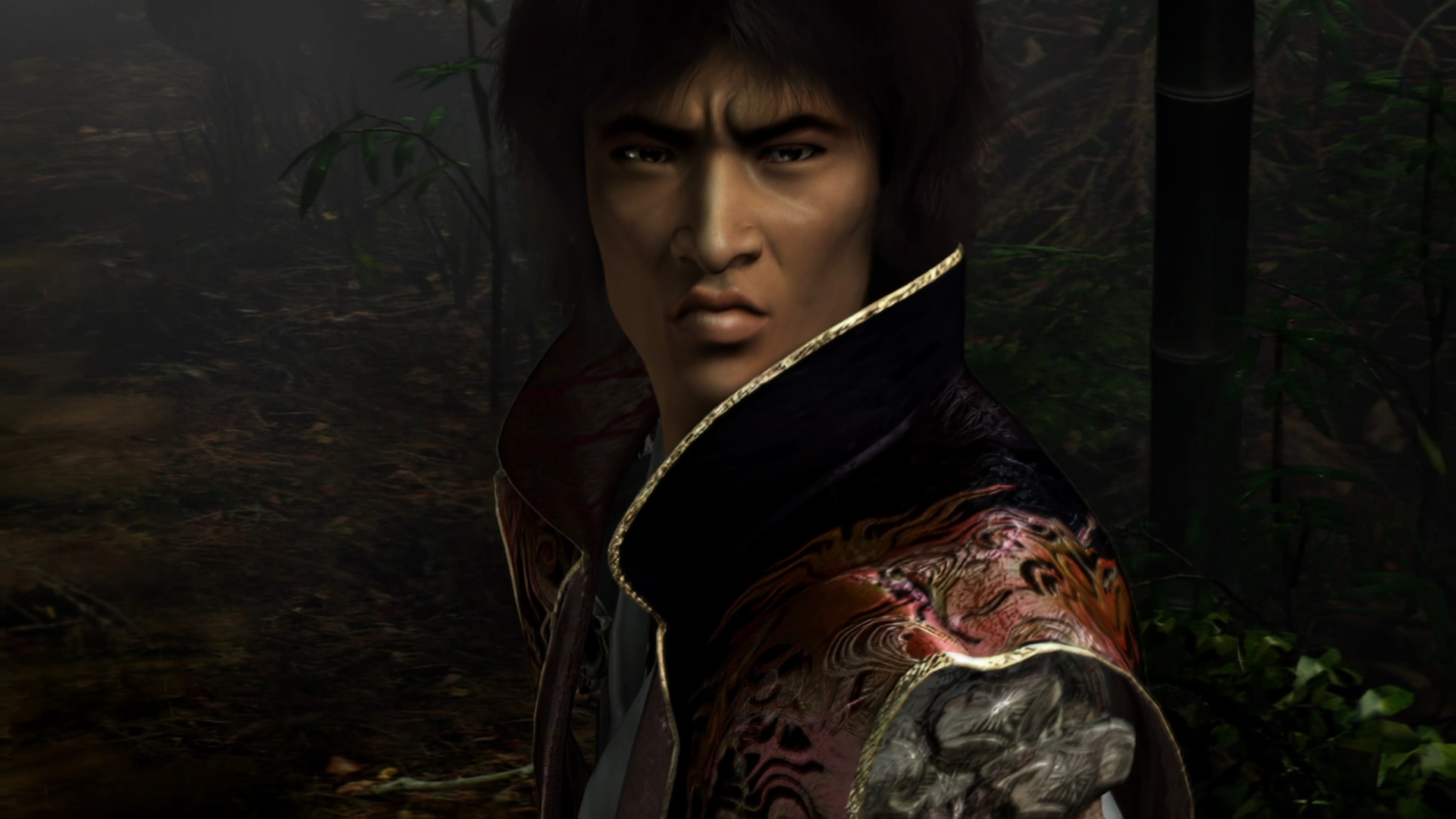
Playing Onimusha 2: Samurai’s Destiny Remaster on PS5 is a trip down memory lane – I reviewed this game when it first released on PlayStation 2. Decades later the visual design and push for realism drags me back in, part simple nostalgia, part a reminder of how finely Capcom trod the line between authentic, technical realism and cartoon flamboyancy.
Samurai’s Destiny Remaster might not be the most talked-about retro game revival of the year, and less recognisable than the upcoming Capcom Fighting Collection 2, but visually, it deserves a second look. In an era obsessed with photorealism and hyper-detail, and rightly so when Assassin's Creed Shadows can look the way it does, Samurai’s Destiny Remaster is a vivid reminder that art direction matters too, but also acts as a reminder PS2 was the moment when game design started the push for realism and the adoption of cinematic tech and workflows.
The original Samurai’s Destiny released in 2002, during the PS2 era’s golden age of ambitious, visually distinctive games. With a mix of pre-rendered backgrounds that used real footage of water for its depiction of rivers and lakes, and stylised character models astutely mocapped from the starring actors, it felt like a playable samurai 'live action' anime with supernatural flair.
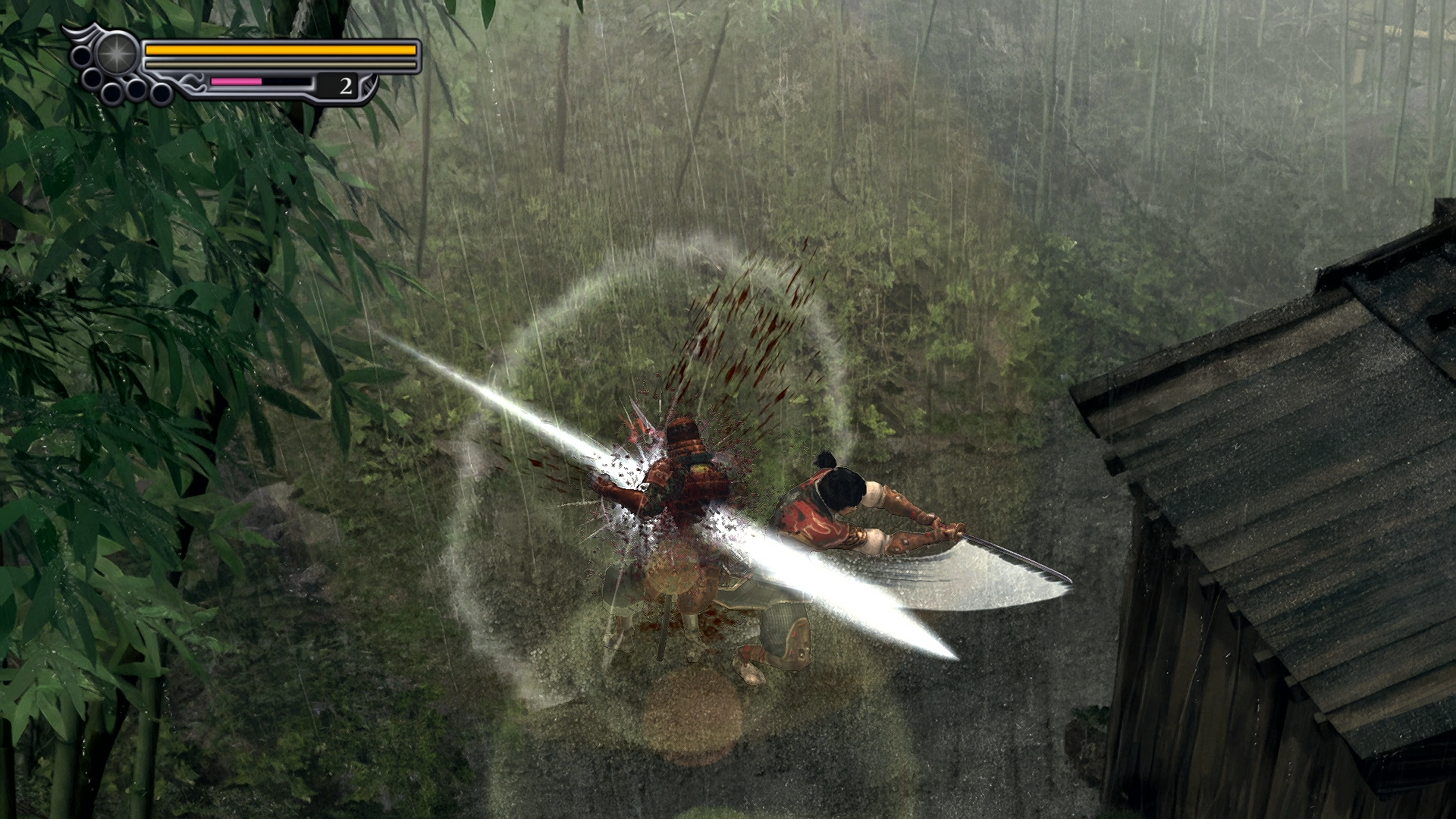
Samurai’s Destiny Remaster visual detail
The remaster doesn’t overhaul those visuals in the way a modern remake might, for example the recently released Elder Scrolls IV: Oblivion Remastered, but instead enhances them just enough to make the aesthetic work on today’s TVs.
But, it does highlight the 'uncanny valley' visuals that also plagued many AAA games of the era. As motion capture tech and the fidelity of character models improved but visual design remained cartoonishly gamesy, titles like Samurai’s Destiny began to feel, well… odd. But also, oddly compelling.
In this remaster the increased detail used to make the late Japanese actor Yūsaku Matsuda appear in the game as protagonist Jubei Yagyu looks even stranger, more arresting – squint and its almost, almost like he's photo real.
The environments are the real stars here. Every location, from the early misty bamboo woods and burning fortress paths, to eerie temples and the fall of thick rain that feels more real than it should, is a testament to the efforts afforded these scenes in the original's development.
This remaster merely sharpens these details, it adds a wash of clarity over the classic pre-rendered backgrounds without compromising the old texture detail.
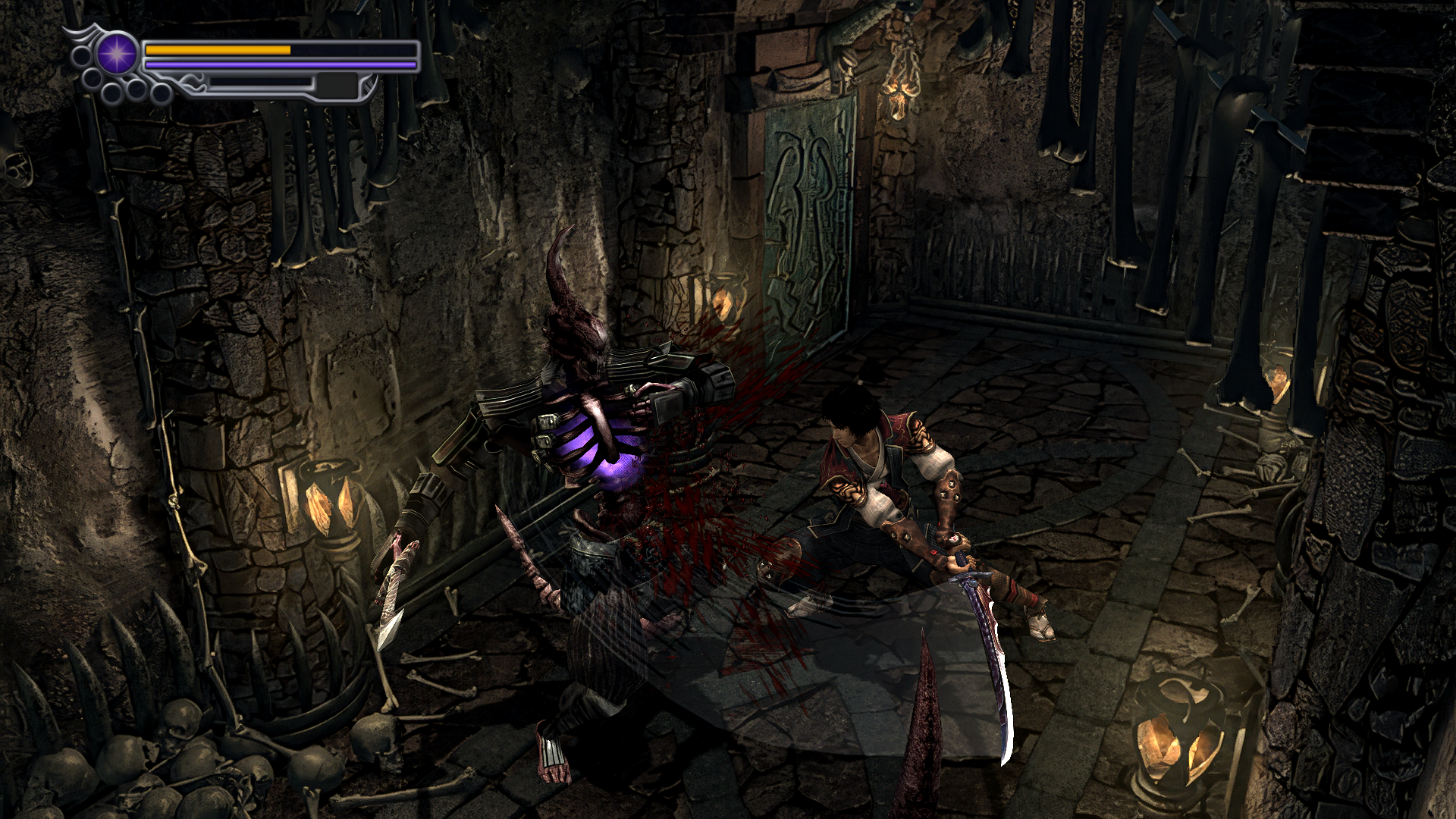
What makes Samurai’s Destiny Remaster's visual style special is its deliberate blend of historical realism, actual realism and and Noughties era Capcom's punchy anime design.
The game's art team didn't aim for strict historical accuracy, but instead taps into the spirit of authenticity. The architecture, armour and clothing are clearly inspired by Japan’s Sengoku period, but then layered with demonic sillyness – of course the first boss is a giant demon sewn into four large fingers with an eyeball where it genitals should be.
Creature design can be more subtle, often feeling like the Sengoku-era demons and yokai have crawled from a haunted woodblock print, itself a common theme in Japanese horror.
The remaster brings a cleaner polish to these designs, especially in cutscenes, where lighting and colour grading have been subtly enhanced. There’s a cinematic quality to it all, even if the animations are clearly from another era.
While the remaster highlights the jarring juxtaposition between upgraded character models and the fixed-camera, pre-rendered backgrounds, something commonly felt even back when I reviewed the original release, it also puts into focus the ambition of this era.
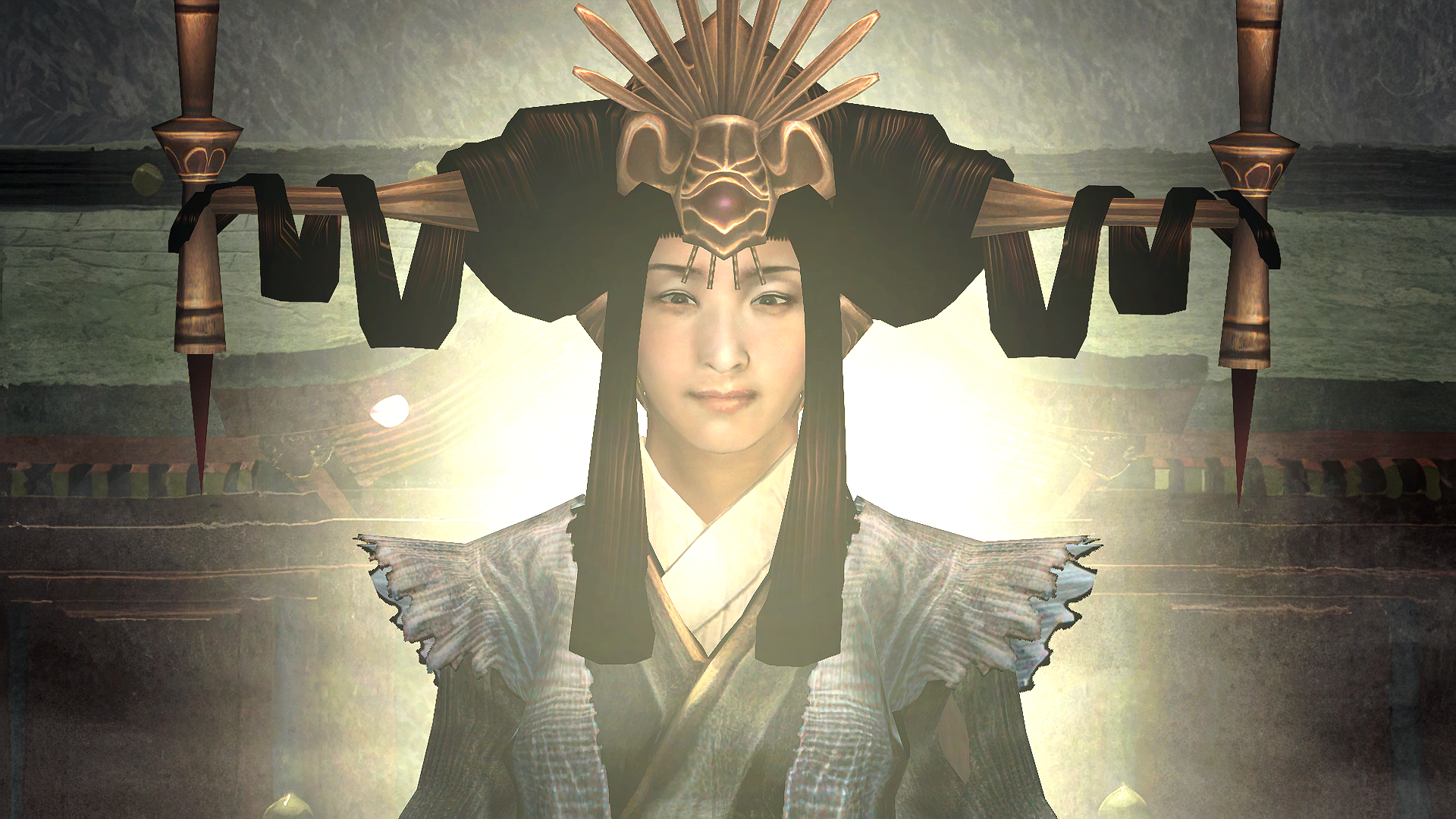
Back to the gaming's future
Samurai’s Destiny Remaster highlights how even back in 2002 developers and game artists were absorbing and using every new tool and workflow they could to drag games forwards. (Something I vividly remember when watching the motion capture take place in Santa Monica for PS2's Jet Li: Rise to Honor, which used the same tech and stuntmen as Li's Hollywood movies.)
In many ways, Samurai’s Destiny Remaster is the fired the starting pistol on a new kind of cinematic game style, one where game artists embraced every new tool they could to make a game more 'real', before ambition hit reality. This remaster is good, particularly if you just want to capture a moment in time, a moment when game artistry was evolving.
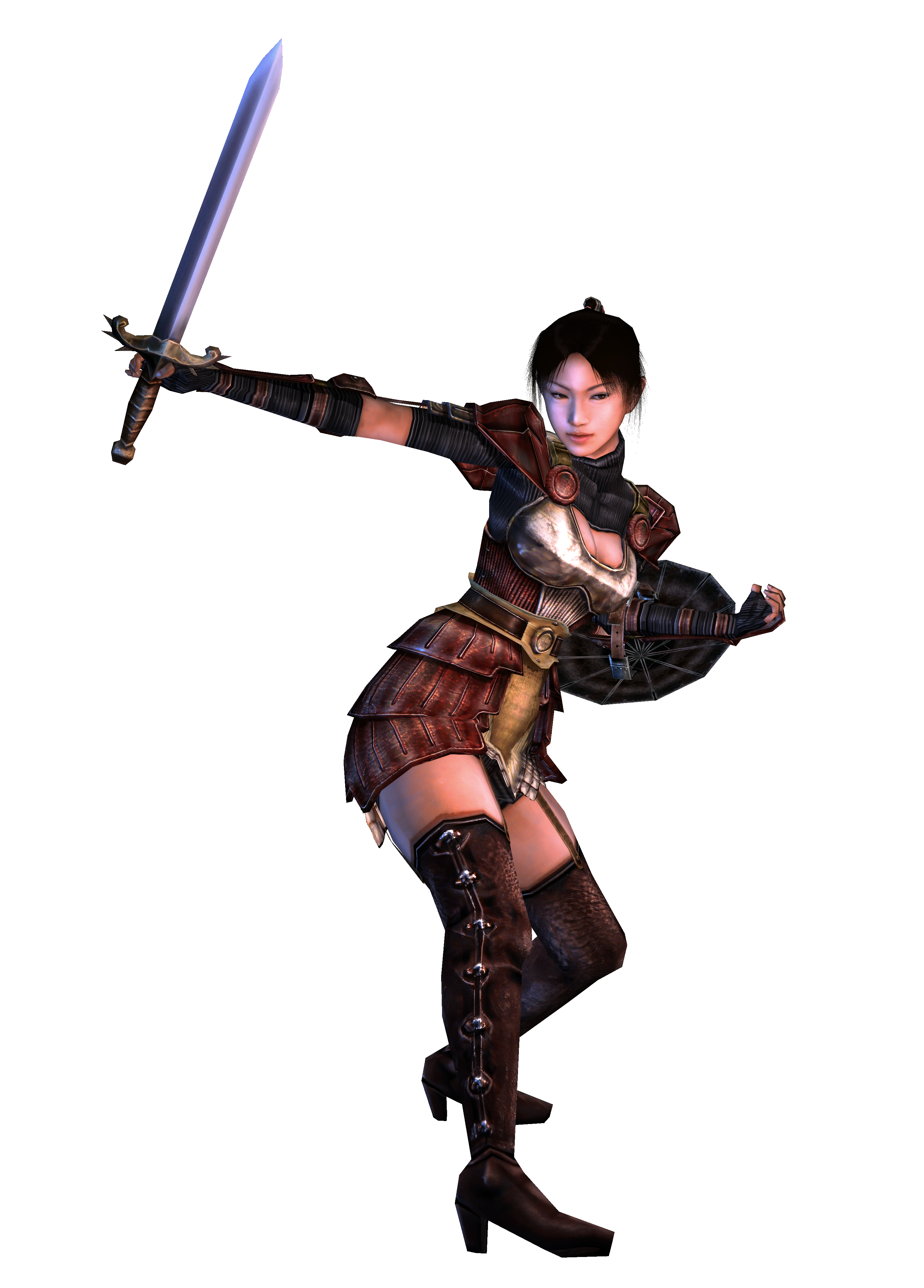
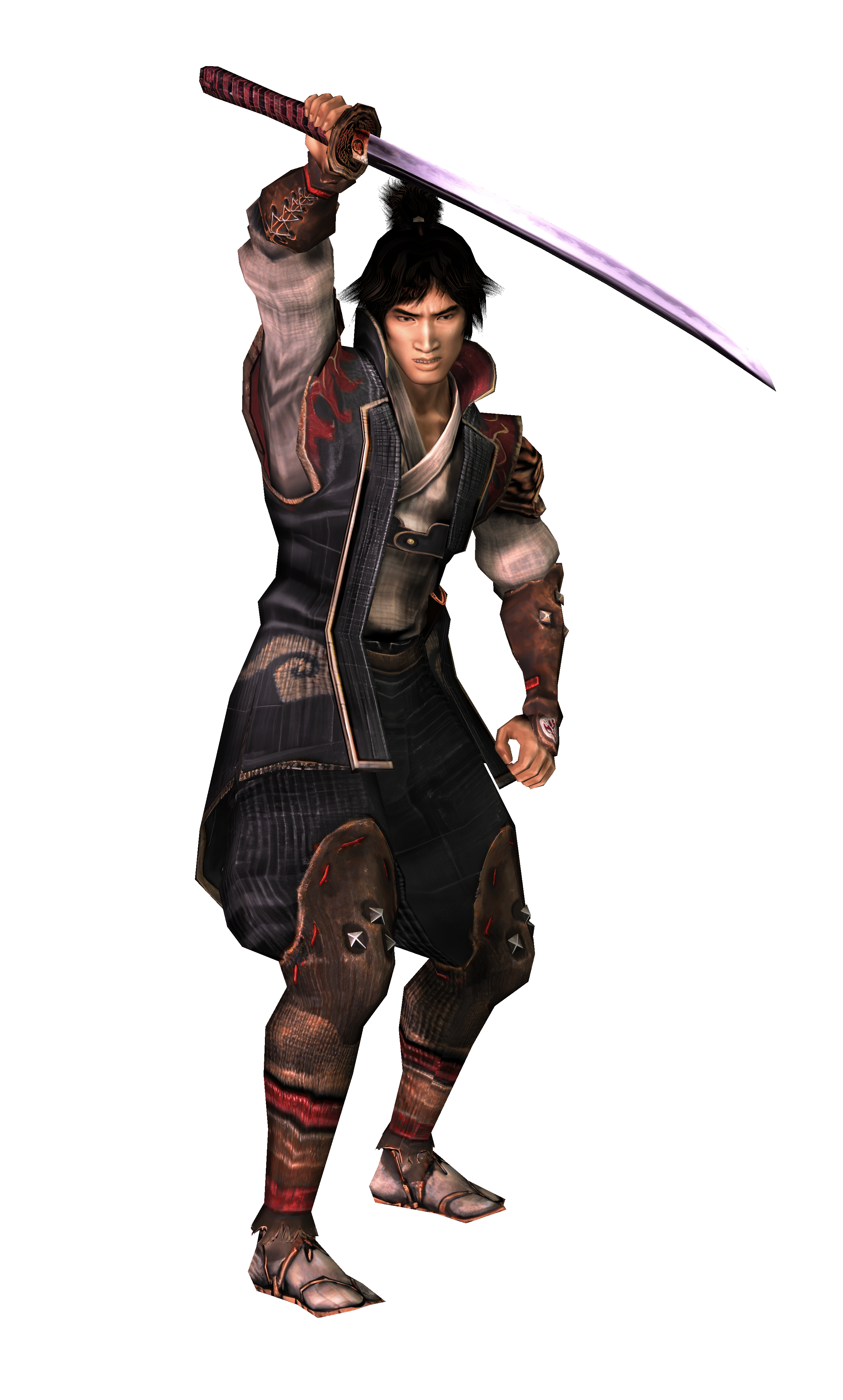
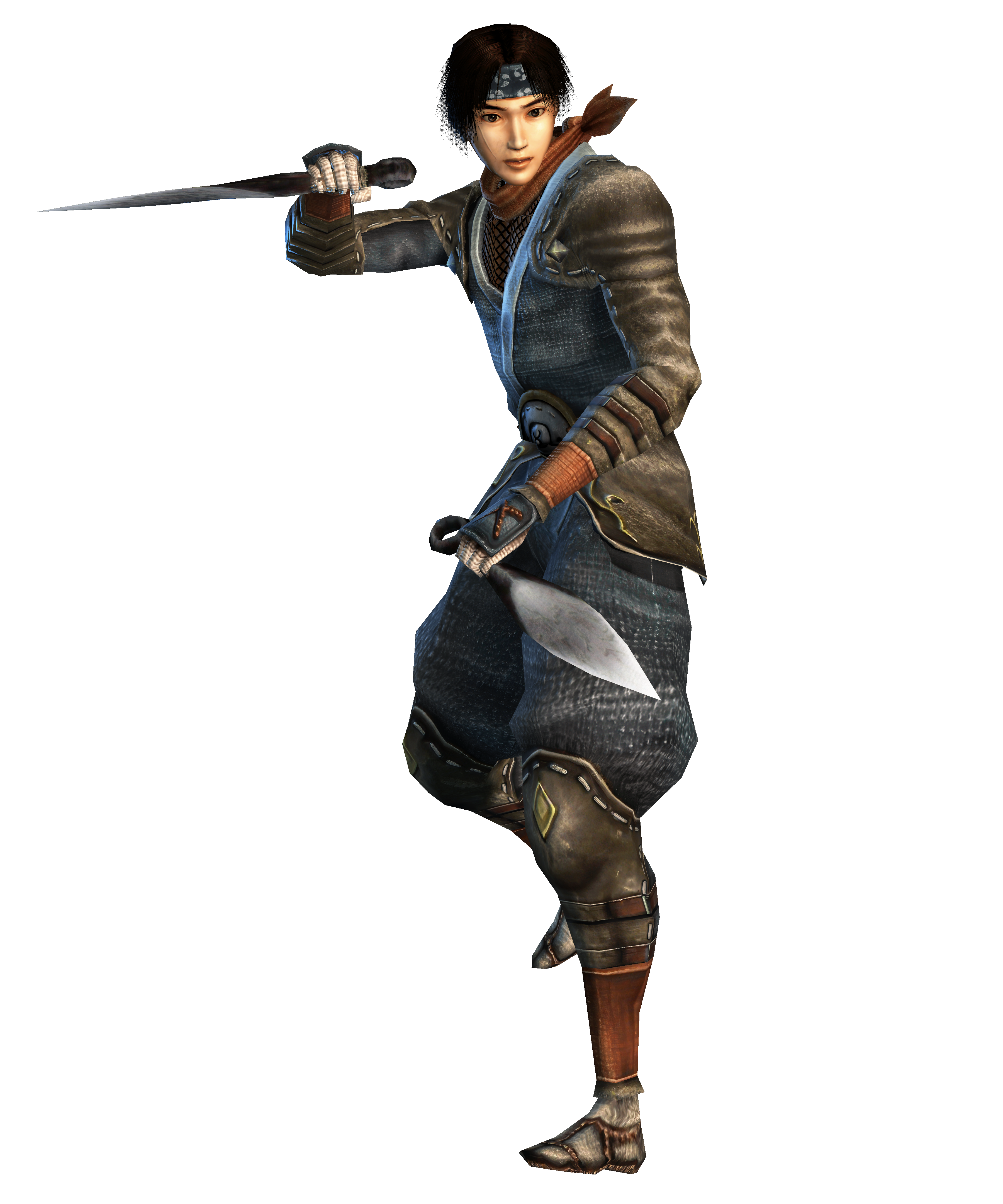
Onimusha 2: Samurai’s Destiny Remaster releases 23 May, visit the Capcom website for more details. Read our guide to the best retro game consoles of you want to play more games from this publisher.







